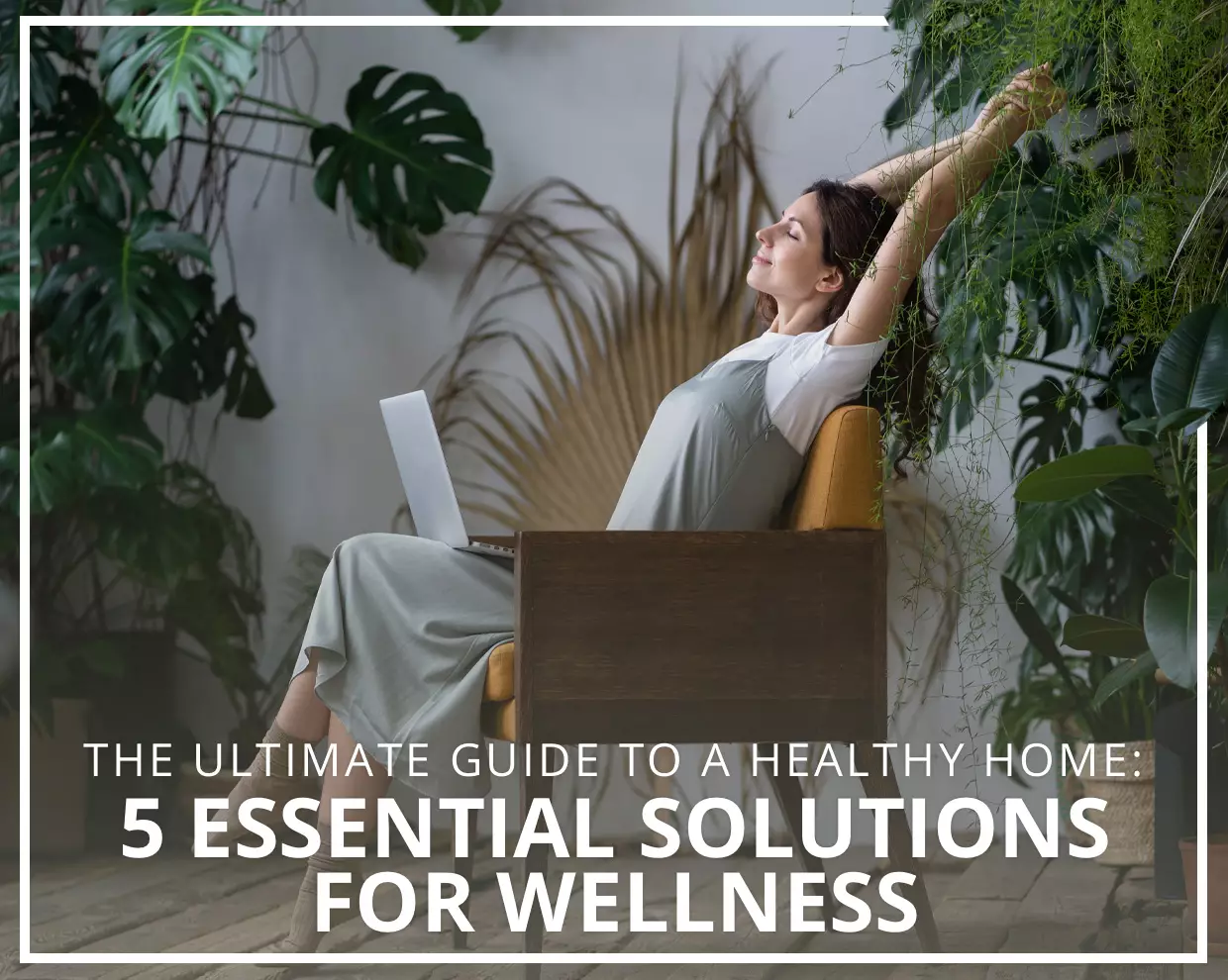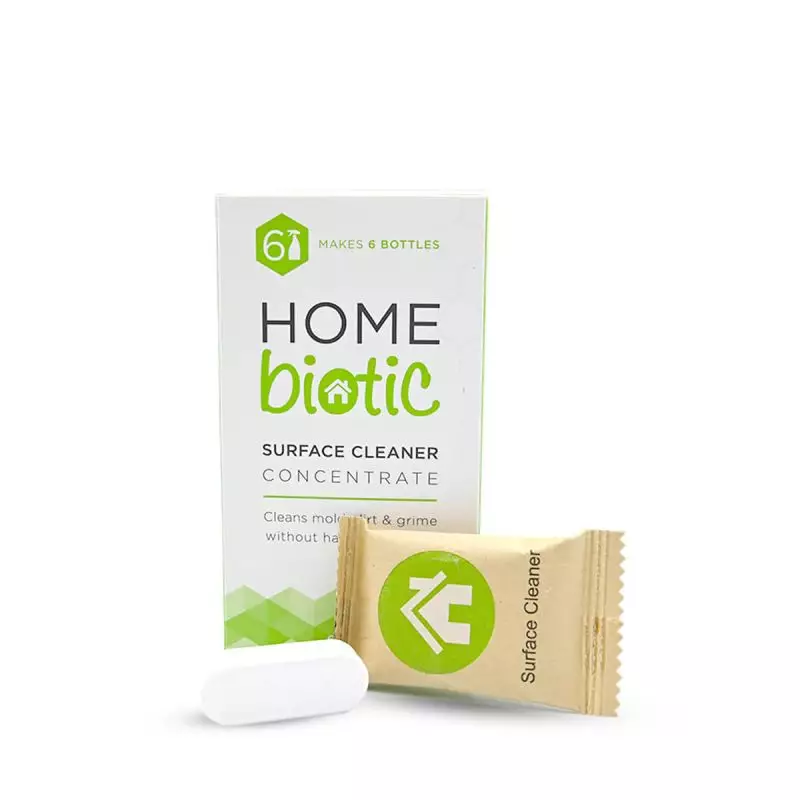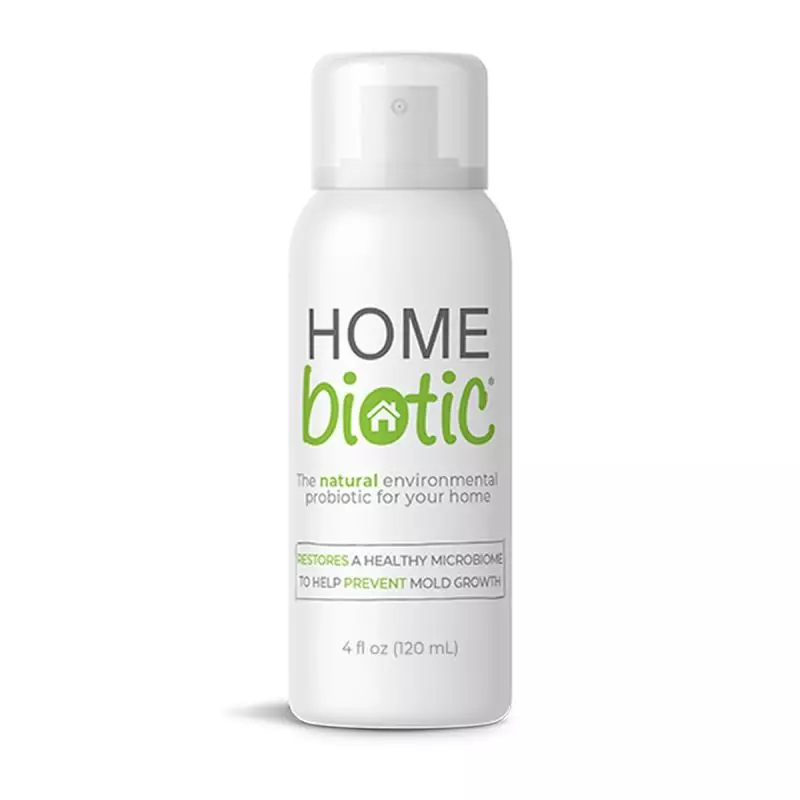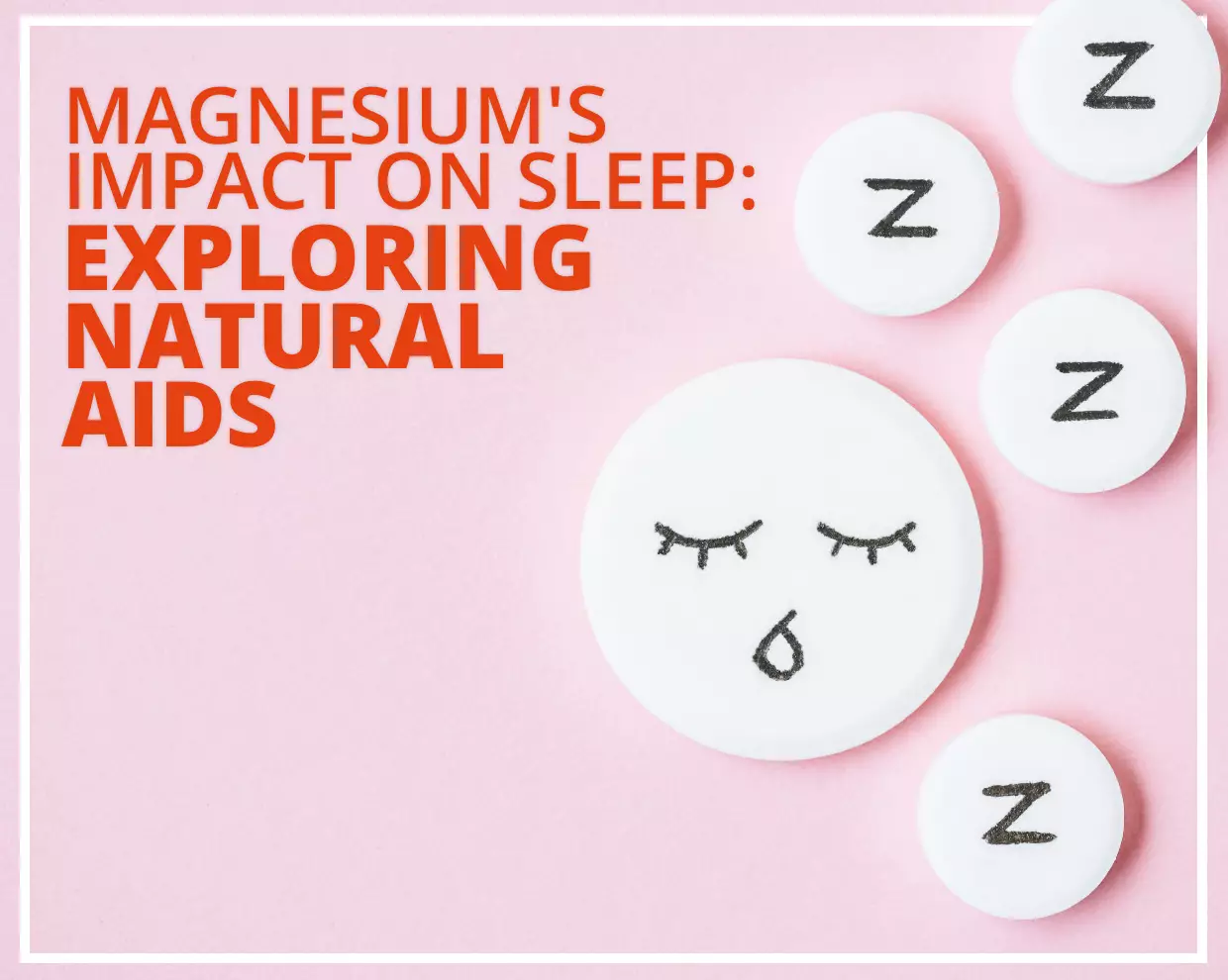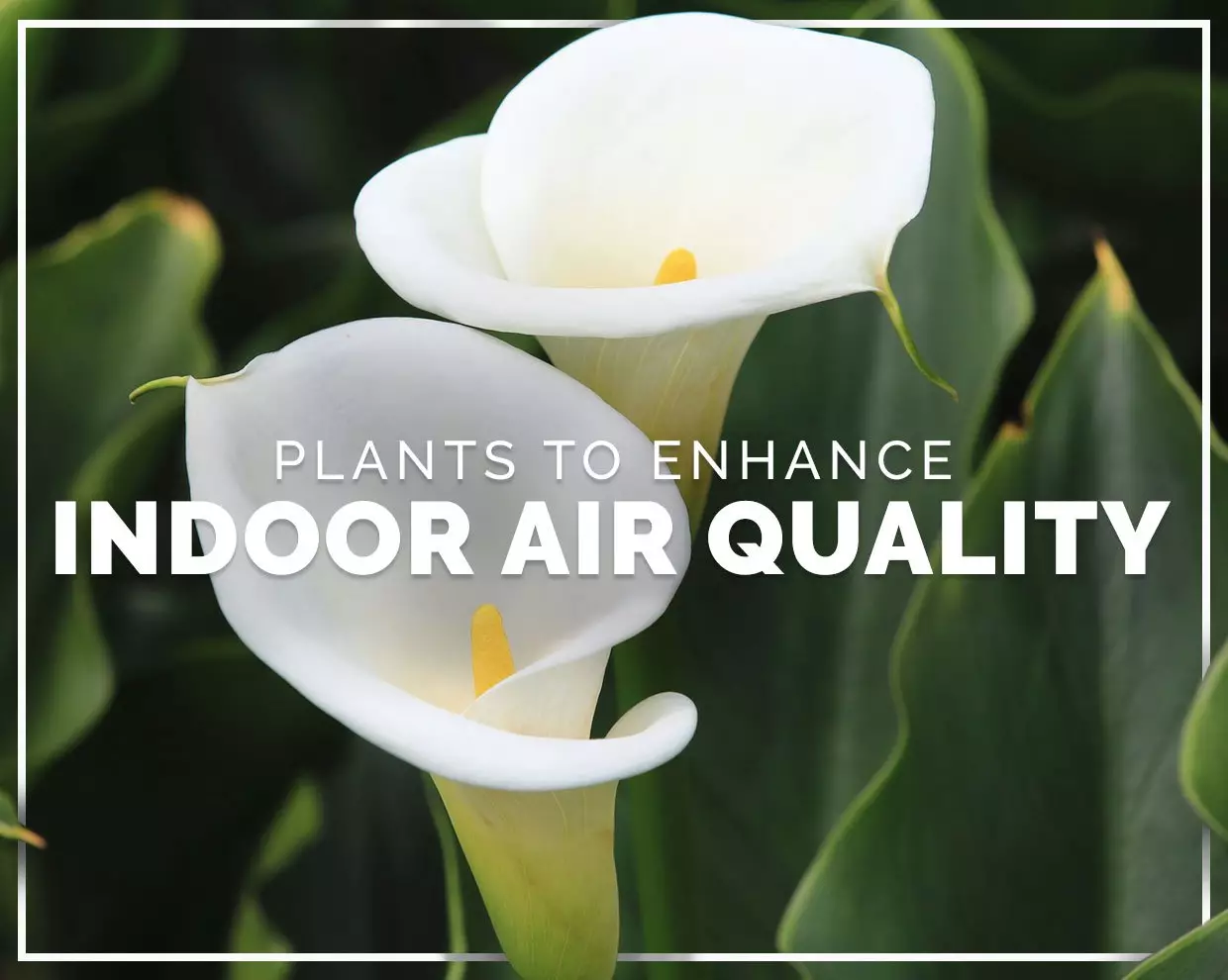Introduction: The Home Health Struggle - A Story We All Know Too Well
We all want a clean, healthy home. After all, it's where we spend the majority of our time, especially during these unprecedented times. But, as much as we try, sometimes maintaining a healthy home can feel like an uphill battle. From air quality and hidden toxins to bacteria and EMFs, there's a whole host of issues that can negatively impact our living spaces.
Take, for example, my own struggle with allergens in my home. No matter how much I cleaned, my sneezing and watery eyes persisted. It wasn't until I discovered the importance of a balanced home microbiome and implemented the solutions, we'll discuss in this guide that I finally saw a dramatic improvement in my symptoms.
But fear not, FS Fam! This comprehensive guide will not only give you a brief history of the topic and delve into the science behind it, but also provide you with five different solutions to tackle these common problems. With our help, you'll be well on your way to creating a healthy, happy home environment for you and your loved ones.
A Brief History: The Evolution of Home Health
Throughout history, humans have been concerned with the health and cleanliness of their living spaces. Ancient Romans, for example, were renowned for their elaborate bathhouses, while the Victorians sought to tackle the spread of diseases in their urban environments. However, it wasn't until the 20th century that we began to truly understand the science behind home health.
In recent years, as we have become more aware of the potential dangers lurking in our homes, there has been a surge in interest in creating a healthy living environment. From researching the impact of indoor air quality on our health to discovering the importance of maintaining a balanced microbiome, our understanding of what constitutes a healthy home has evolved dramatically.
The Science Behind It: Understanding Your Home's Health
Today, we know that a healthy home environment can have a significant impact on our overall well-being. Research has shown that poor indoor air quality [1], exposure to harmful chemicals [2], and even electromagnetic radiation [3] can lead to a range of health issues, including allergies, asthma, and even neurological disorders.
But, before you panic and decide to move to a remote mountain cabin, let's explore five practical solutions that can help you create a healthier home environment:
Solution 1: Keep Your Home's Air Clean
How it Helps: Breathing in clean air is essential for good health. By ensuring your home's air is free of pollutants, allergens, and other irritants, you can greatly reduce the risk of respiratory issues, allergies, and even some long-term health problems.
The Science Behind It: Indoor air quality can be negatively affected by a range of factors, including pollen, dust, pet dander, and volatile organic compounds (VOCs) released from common household items like paint, furniture, and cleaning products.
How to Apply It: To improve your home's air quality, consider using an air purifier, regularly changing your HVAC filters, and opting for natural, non-toxic cleaning products. [4] Additionally, introducing houseplants can help remove some pollutants and improve overall air quality. A personal favourite of mine is the snake plant, which not only purifies the air but also adds a touch of greenery to any room.
Solution 2: Balance Your Home's Microbiome with Homebiotic
How it Helps: A balanced microbiome is crucial for maintaining a healthy home. By introducing beneficial bacteria, you can help prevent the growth of mould and reduce allergens, creating a cleaner and more balanced living environment. [5]
The Science Behind It: Homebiotic is a natural, probiotic-based spray that introduces beneficial bacteria into your home. These bacteria compete with harmful mould and allergens for resources, helping to keep your home's microbiome balanced and healthy.
How to Apply It: Spray Homebiotic in areas prone to mould growth, such as bathrooms, kitchens, and basements, or anywhere you've previously had mould issues. To learn more and purchase Homebiotic, visit the product page here.
Solution 3: Protect Yourself from EMFs with VIVOBASE (available in Functional Self UK only)
How it Helps: As our world becomes increasingly connected, it's essential to protect ourselves and our homes from the potential health risks associated with EMFs. [6] VIVOBASE offers an effective solution for neutralising EMFs and promoting a healthier home environment.
The Science Behind It: VIVOBASE products work by emitting a subtle, natural frequency that interferes with EMFs, rendering them biologically ineffective and protecting our bodies from their potentially harmful effects.
How to Apply It: Place a VIVOBASE HOME device in a central location in your house for comprehensive EMF protection. For additional protection, consider a VIVOBASE Mobile for your smartphone or a VIVOBASE CAR for your vehicle. Explore the VIVOBASE range here (available in Functional Self UK only).
Solution 4: Choose Natural, Non-Toxic Household Products
How it Helps: By using natural, non-toxic household products, you can reduce your exposure to harmful chemicals and create a safer, healthier living environment. [7]
The Science Behind It: Many conventional household products contain chemicals that can have negative effects on our health. By opting for natural alternatives, you can eliminate these risks and improve your home's overall health.
How to Apply It: Swap out harsh cleaning products for natural alternatives or make your own using ingredients like vinegar, baking soda, and essential oils. Try this DIY all-purpose cleaner recipe: mix equal parts white vinegar and water, add a few drops of lemon essential oil, and you're good to go! Also, consider choosing low-VOC paint and furniture to reduce indoor air pollution.
Solution 5: Maintain a Clean and Clutter-Free Home
How it Helps: Keeping your home clean and clutter-free can help prevent the build-up of dust, allergens, and mould, promoting a healthier living environment.
The Science Behind It: Dust and allergens can accumulate in cluttered spaces, leading to poor indoor air quality and increased risk of allergies and respiratory issues. [8] Regular cleaning and decluttering can help mitigate these issues.
How to Apply It: Establish a regular cleaning schedule, focusing on dust-prone areas like shelves, carpets, and upholstery. Make an effort to declutter your living spaces, ensuring proper ventilation and reducing the likelihood of allergen buildup. A simple tip: tackle one room at a time to make the decluttering process more manageable.
In Conclusion: Your Healthy Home Journey Starts Here
By implementing these five science-backed solutions, you can create a healthy home environment that promotes well-being for you and your loved ones. Remember, every small step counts when it comes to improving your living space, and with our guidance, a healthier home is just around the corner.
Before you go, don't forget to check out our specials page for fantastic deals on products designed to help you achieve optimal health and wellness in your home.
We'd love to hear about your experiences and any tips or tricks you've discovered on your journey to creating a healthy home. Share your stories, ask questions, or provide feedback in the comments section below. Together, we can foster a supportive community dedicated to achieving the healthiest living environments possible.
So, why wait any longer? Start applying these practical solutions to your home and enjoy the benefits of a cleaner, healthier living space. Happy homemaking!
References:
[1] Indoor Air Quality
[2] How can cleaning supplies, household products affect health?
[3] Health effects of electromagnetic fields on children
[4] Enhancing indoor air quality –The air filter advantag
[5] Microorganisms with Claimed Probiotic Properties: An Overview of Recent Literature
[6] Effects of electromagnetic fields exposure on the antioxidant defense system
[7] Traditional and environmentally preferable cleaning product exposure and health symptoms in custodians
[8] Indoor Air Pollution and Respiratory Health

 AU Store
AU Store  UK Store
UK Store NZ Store
NZ Store EU Store
EU Store

